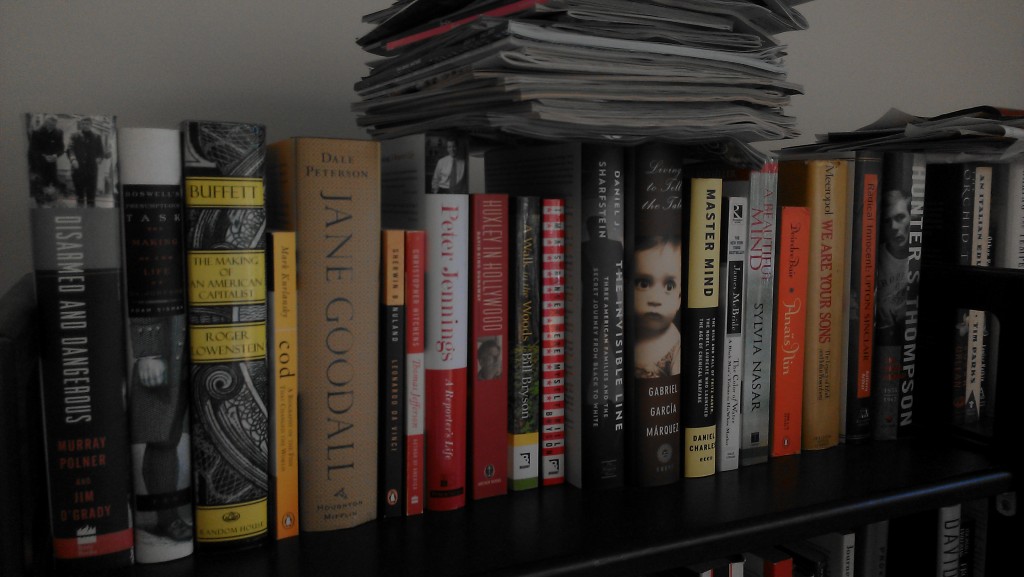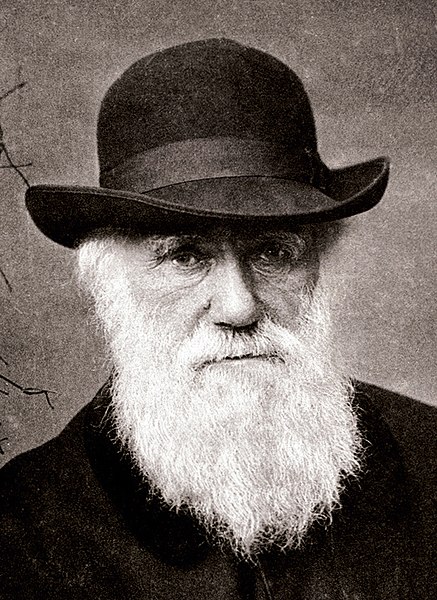 Publishers love their embargoes, whether they’re of papers that aren’t open access yet, or are available to the media before they’re published. Apparently, however, they also break embargoes, just like the journalists they sometimes sanction for the same sin.
Publishers love their embargoes, whether they’re of papers that aren’t open access yet, or are available to the media before they’re published. Apparently, however, they also break embargoes, just like the journalists they sometimes sanction for the same sin.
Take Oxford University Press, which publishes the journal Physical Therapy for the American Physical Therapy Association (APTA). Late last month, the journal temporarily withdrew eight papers because, well, the publisher broke the journal’s embargo. Jan Reynolds, the APTA’s managing editor for the journal and director of scientific communications, explained to Retraction Watch that Continue reading Journal temporarily withdraws eight papers after publisher mistake
 Before we present this week’s Weekend Reads, a question: Do you enjoy our weekly roundup? If so, we could really use your help. Would you consider a
Before we present this week’s Weekend Reads, a question: Do you enjoy our weekly roundup? If so, we could really use your help. Would you consider a 

 When Venkata Sudheer Kumar Ramadugu, then a postdoc at the University of Michigan, admitted to the university on June 28 of last year that he had committed research misconduct in a paper that appeared in
When Venkata Sudheer Kumar Ramadugu, then a postdoc at the University of Michigan, admitted to the university on June 28 of last year that he had committed research misconduct in a paper that appeared in 


